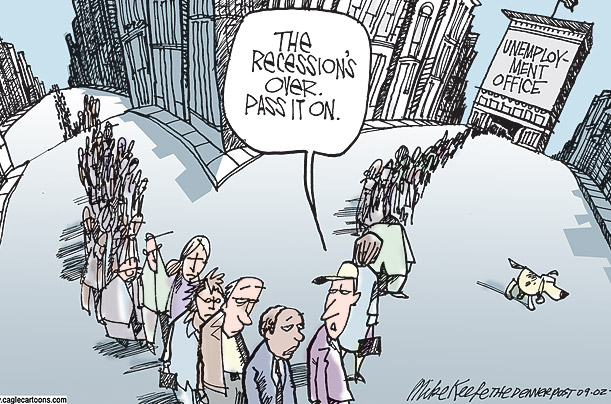April 5, 2014
U.S. Household Income Down, Inequality Up Under Obama
original article written by Net Advisor™
WASHINGTON DC. President Obama has been arguing that income inequality is getting worse in the U.S. He is correct on this point. What the President may not be acknowledging is that he actually has helped expand income inequality [Report]. Even MSN agreed (PDF) that “income inequality is worse under Obama.”
“Income inequality is worse under Obama.”
To correct this, President Obama has sought to raise the minimum wage. President Obama proposes to increase the federal minimum wage from currently $7.25 to $10.10 per hour or 39 percent increase before taxes and healthcare costs.
Increased wages does not equal stimulating consumer demand. The problem is the higher costs to business often means fewer workers, fewer work hours, and or higher retail prices [Report]. If costs get too high, business will just export jobs to Canada, Mexico as they did under NAFTA, or ship jobs to other countries where labor is cheaper.
“The United States had a $1.6 billion trade surplus with Mexico that supported nearly 30,000 U.S. jobs.” As of May 3, 2011 “682,900 U.S. jobs have been lost or displaced since the North American Free Trade Agreement (NAFTA) took effect in 1994, a new Economic Policy Institute (EPI) study finds.”
— Source: Economic Policy Institute (PDF), 05-03-2011
The way to increase wages is to increase consumer demand for products and services. In many parts of America, there are more people seeking jobs than jobs are available. That alone will keep wages down.
In some states such as North Dakota, wages are substantially higher than the rest of the country because there are not enough workers to do the jobs the market requires [Report, Point 12].
New government mandated healthcare program costs alone is something businesses and their employees are just beginning to face under Obamacare. These burdens on business have already begun to translate to fewer workers, exporting more U.S. jobs [Point 10], fewer work hours, and higher prices to consumers [Report].
If anyone has noticed beginning in the last recession, many businesses who did not want to show obvious price increases, simply produced less goods in containers and packages and sold them at the same regular prices. This move effectively increased retail costs of the products to consumers. This was most common in food products.
Speaking of recessions, according to independent research and reported by the Huffington Post in 2013, U.S. household income dropped 4.4 percent since the Obama “recovery” began.
“Median Household Income Dropped 4 Percent Since The End Of The Great Recession.”
The President may want to look at states who have the lowest unemployment rates [Report, Point 4] and find out what they are doing right, instead of pushing policies that are similar to states with the highest debt [Report, Point 2], and the highest unemployment rates [Report, Point 5]. The key to making the U.S. economy grow is to repeat what is working.
original article content, Copyright © 2014 NetAdvisor.org® All Rights Reserved.
NetAdvisor.org® is a non-profit organization providing public education and analysis primarily on the U.S. financial markets, personal finance and analysis with a transparent look into U.S. public policy. We also perform and report on financial investigations to help protect the public interest. Read More.


